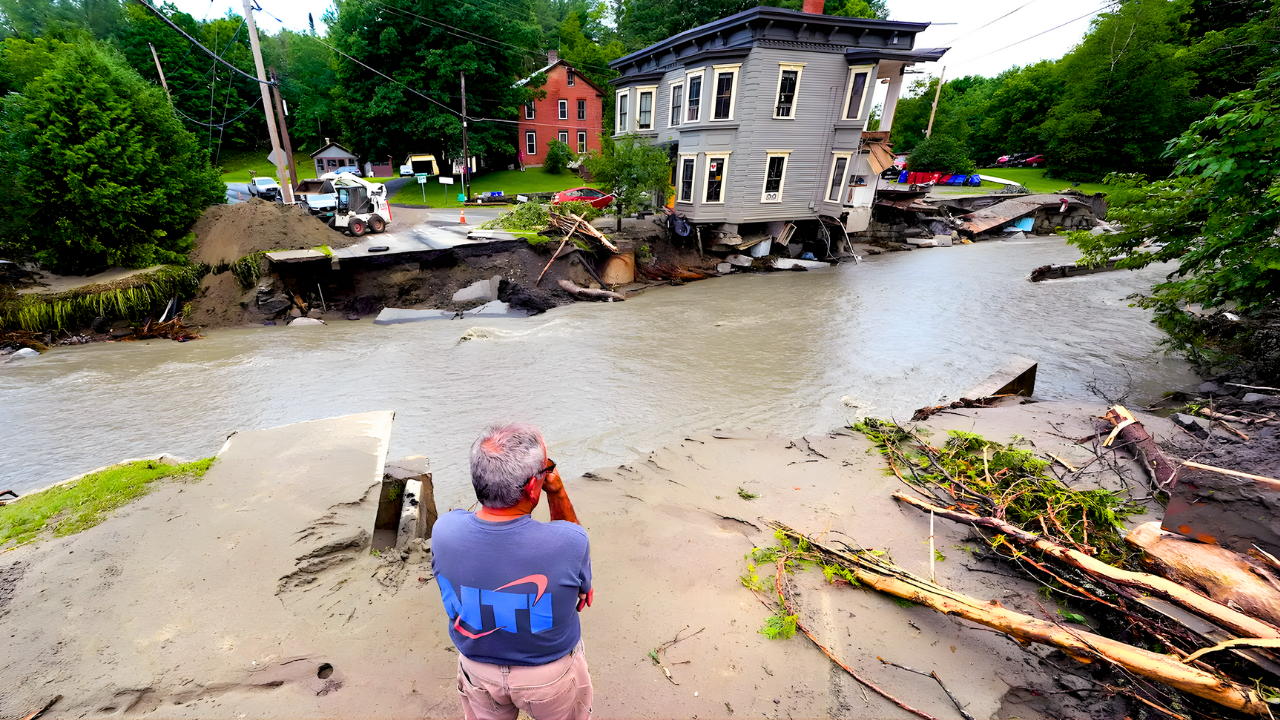
Rainwater gushed across streets and lawns as neighborhoods in the Ohio Valley struggled to stay dry from October 6–8, 2025. Basements filled with thousands of gallons, cars stalled in rising water, and emergency alerts flashed on phones. “FLOOD ALERT today and tomorrow… Level 2 out of 4 risk… some areas potentially seeing 3–6 inches of rain,” warned meteorologist Ryan Hall.
This sudden, massive downpour raises urgent questions: how did a “slight” warning translate into such overwhelming flooding, and what happened next as rivers and homes struggled under a trillion gallons of water?
Massive Rainfall Totals Hit Hard
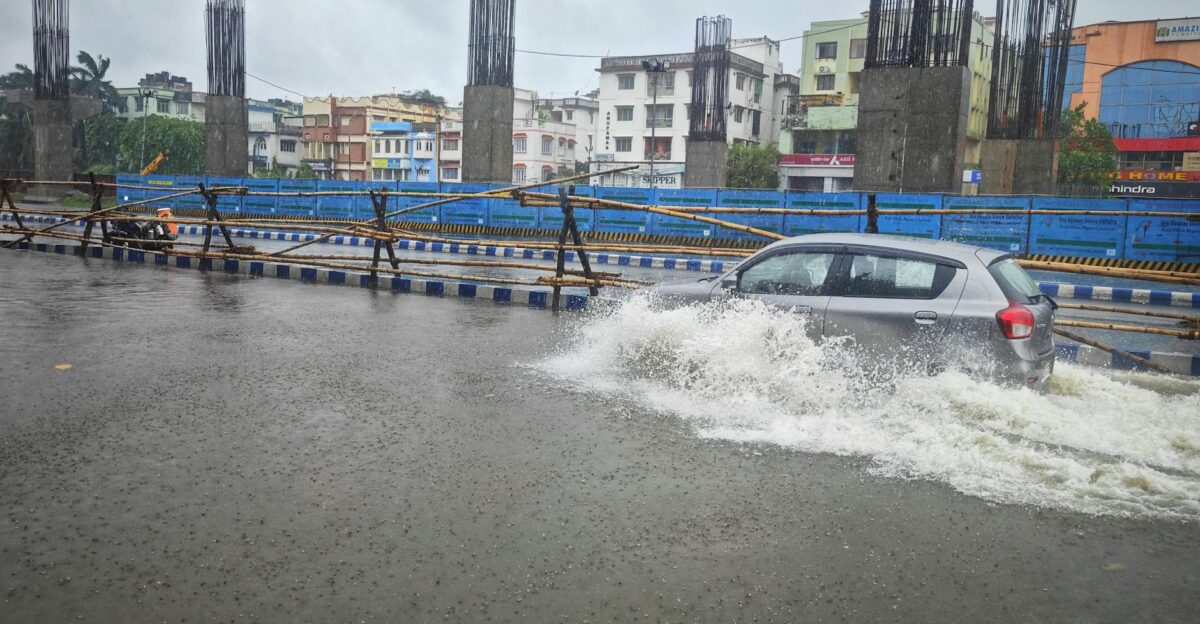
Three to six inches of rain fell across much of the Ohio Valley in just 48 hours, with isolated pockets approaching seven inches. Hydrological estimates suggest this translated into over a trillion gallons of water across roughly 20,000 square miles. Streets, yards, and low-lying areas experienced immediate runoff, overwhelming local flood defenses and triggering urgent local response efforts.
Early Flooding in Communities
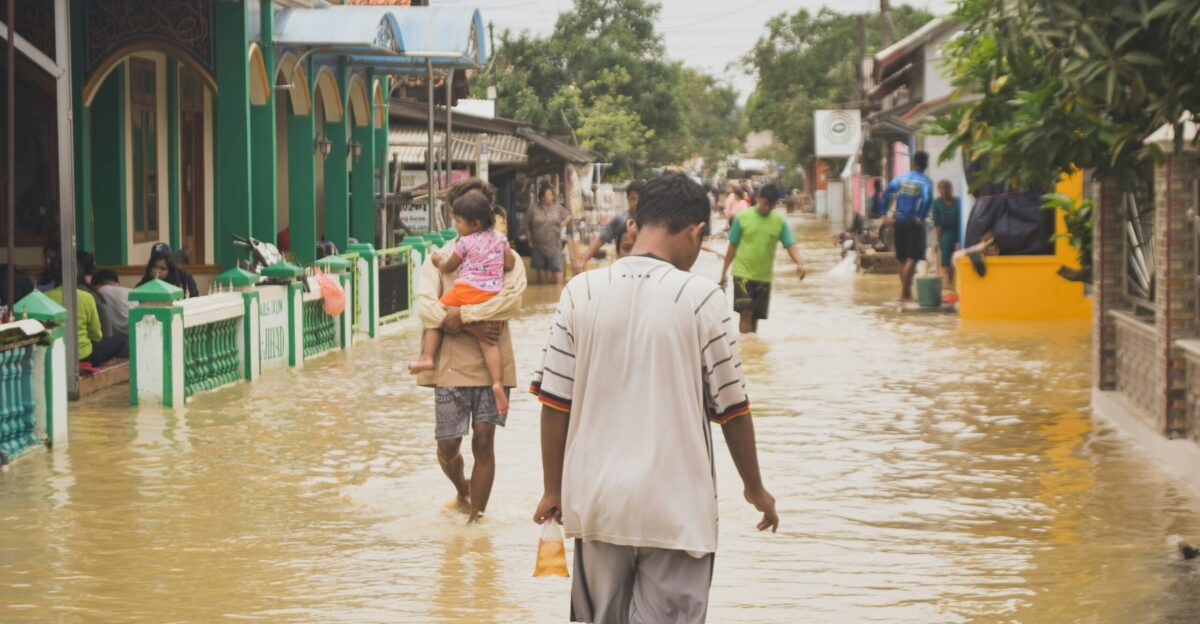
Basements, yards, and low-lying streets quickly filled as rainfall exceeded typical drainage capacity. Residents faced immediate threats to homes and property, while emergency services scrambled to assess rapidly rising water. The combination of saturated ground and heavy precipitation set the stage for swift flash flooding in both rural and urban areas.
Historic Context: 1913 Flood Looms in Memory
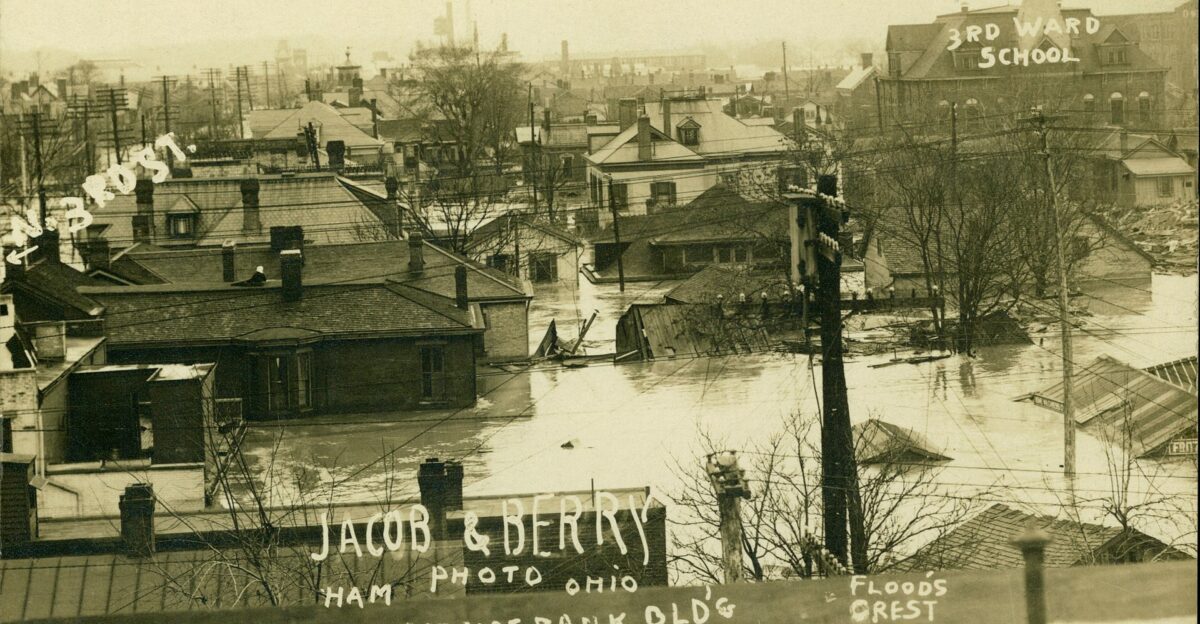
Ohio’s deadliest flood in 1913 displaced over 250,000 residents. Though rainfall totals were higher back then, the rapid influx from October 6–8 mirrored the potential for widespread disruption. Historical benchmarks remind authorities and communities that even “slight” warnings can precede severe impacts.
Atmospheric Setup Amplifies Risk
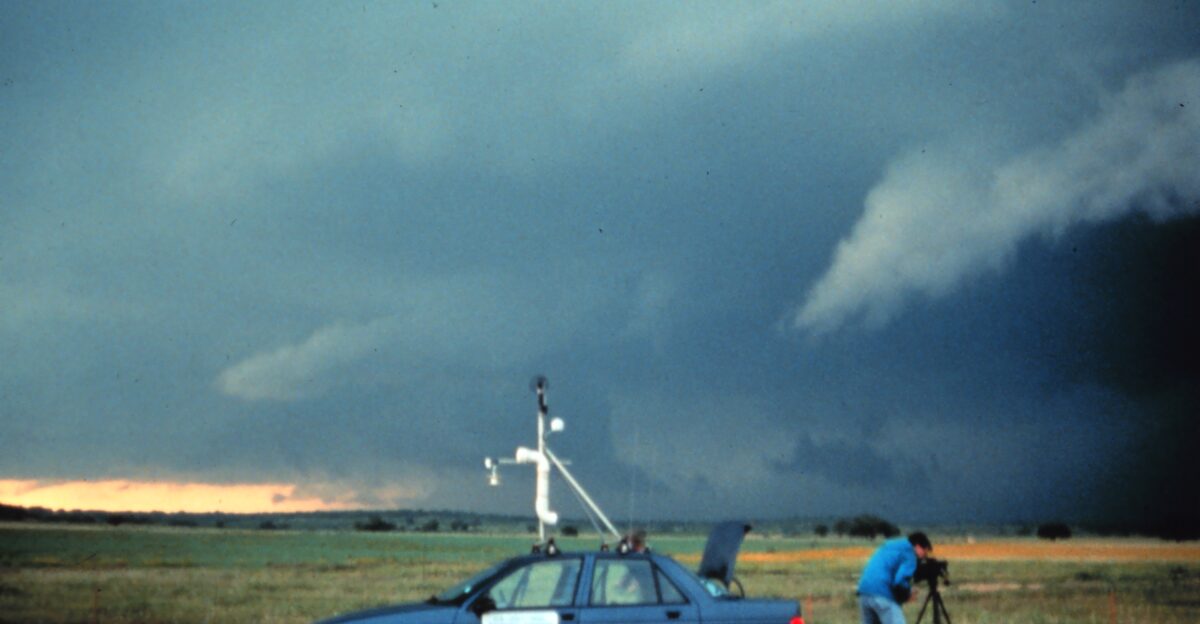
Meteorologists noted a strong low-level moisture transport with precipitable water near 1.5 inches. This setup enhanced rainfall intensity and sustained heavy precipitation across multiple counties. Weather forecasters emphasized that even without a tropical storm, these conditions can trigger sudden flash flooding.
Tri-State Rainfall Hotspots
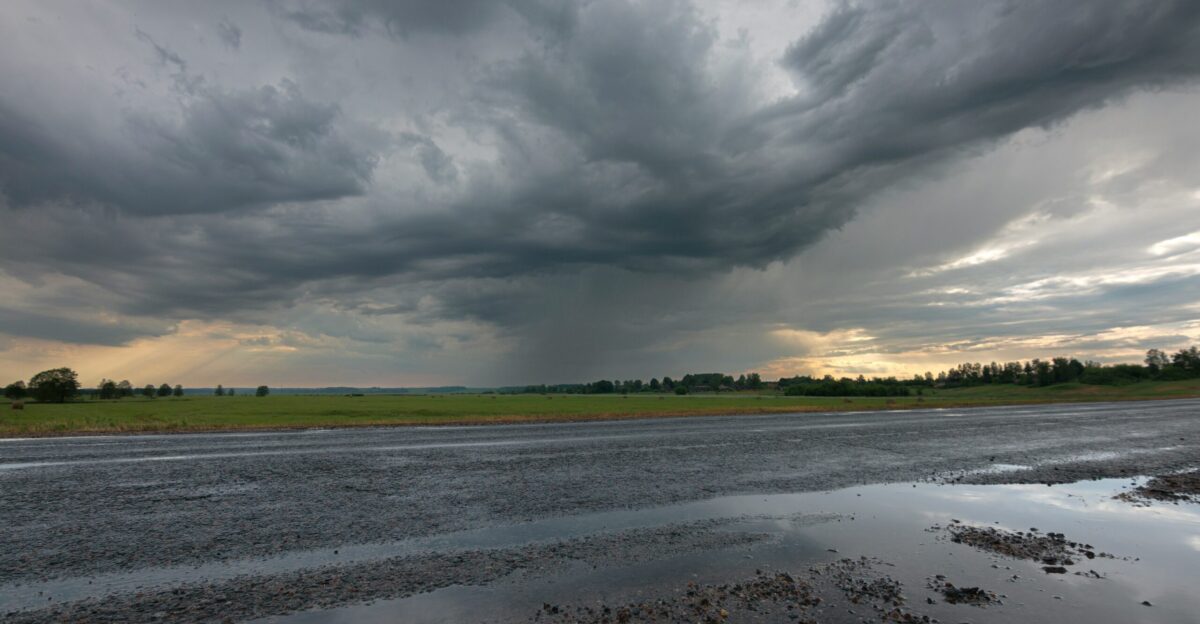
Forecast guidance and local reports identified areas likely to receive 3–6 inches of rain, with isolated seven-inch amounts. Rapid accumulation over already saturated soils increased runoff, testing local flood-control infrastructure and prompting repeated warnings to residents in vulnerable neighborhoods.
Ohio River Levels Under Watch
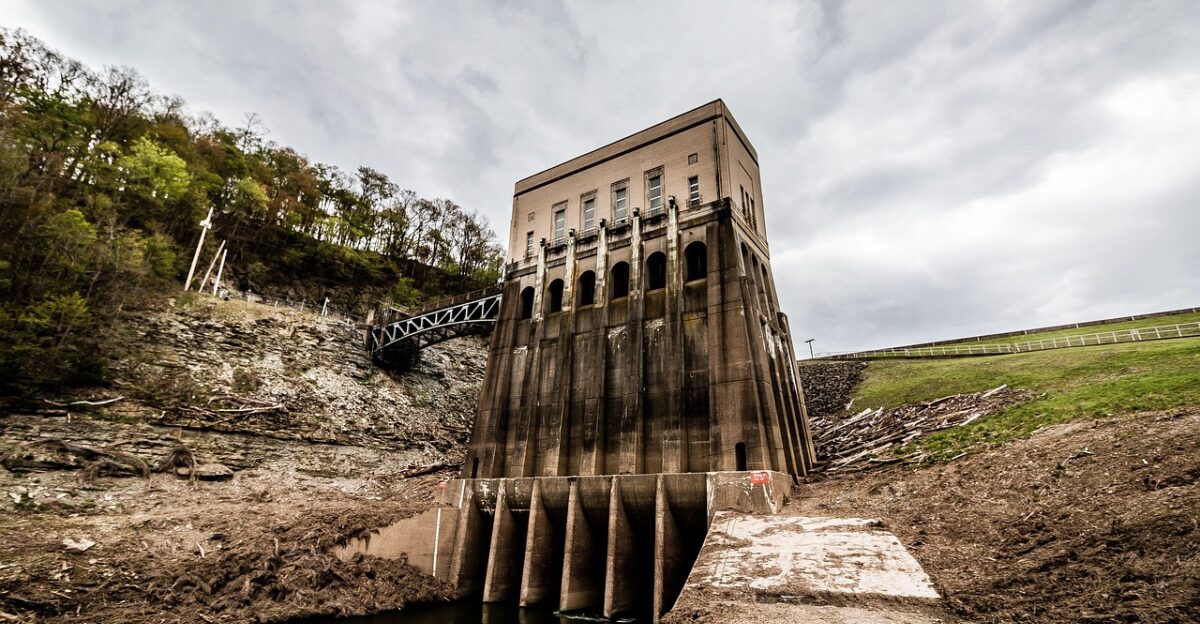
Monitoring at the Cincinnati gauge highlighted the Ohio River’s sensitivity to sustained rainfall. Historical crests, such as 64.7 feet in 1997, show how multi-day rain events can swell rivers dramatically. Officials closely tracked river levels to guide emergency response and mitigate potential downstream flooding.
Power and Infrastructure Strains
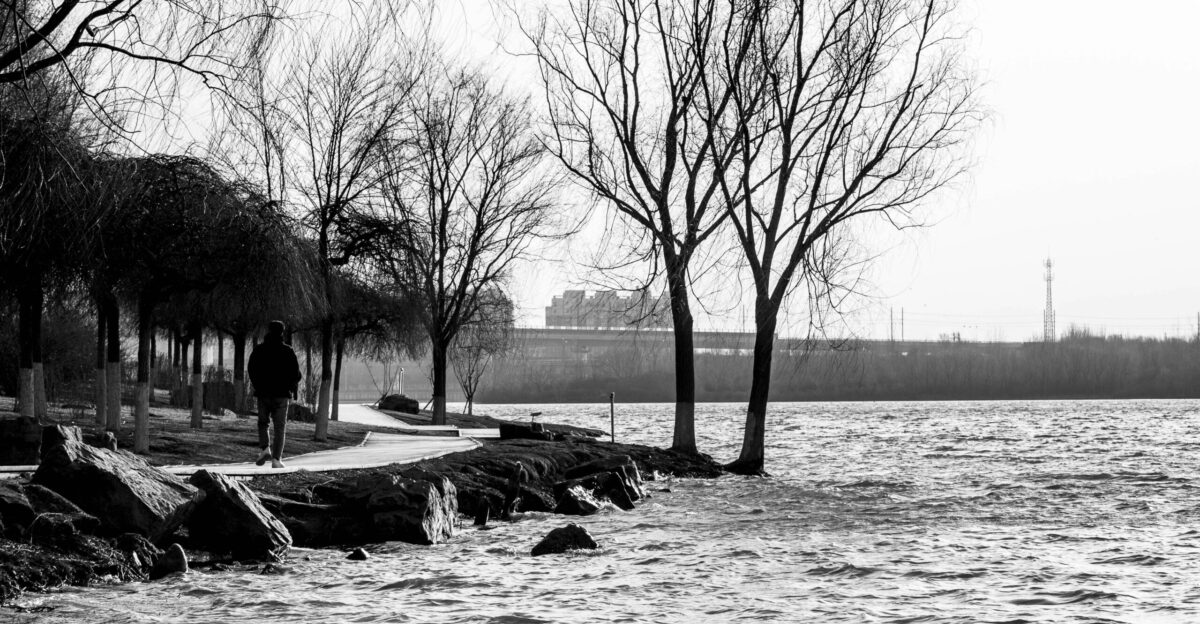
Floodwaters stressed local utilities and infrastructure, causing power outages, blocked storm drains, and overwhelmed wastewater treatment facilities. Streets became impassable in some areas, while municipal services struggled to maintain operations amid widespread flooding.
Emergency Response Challenges
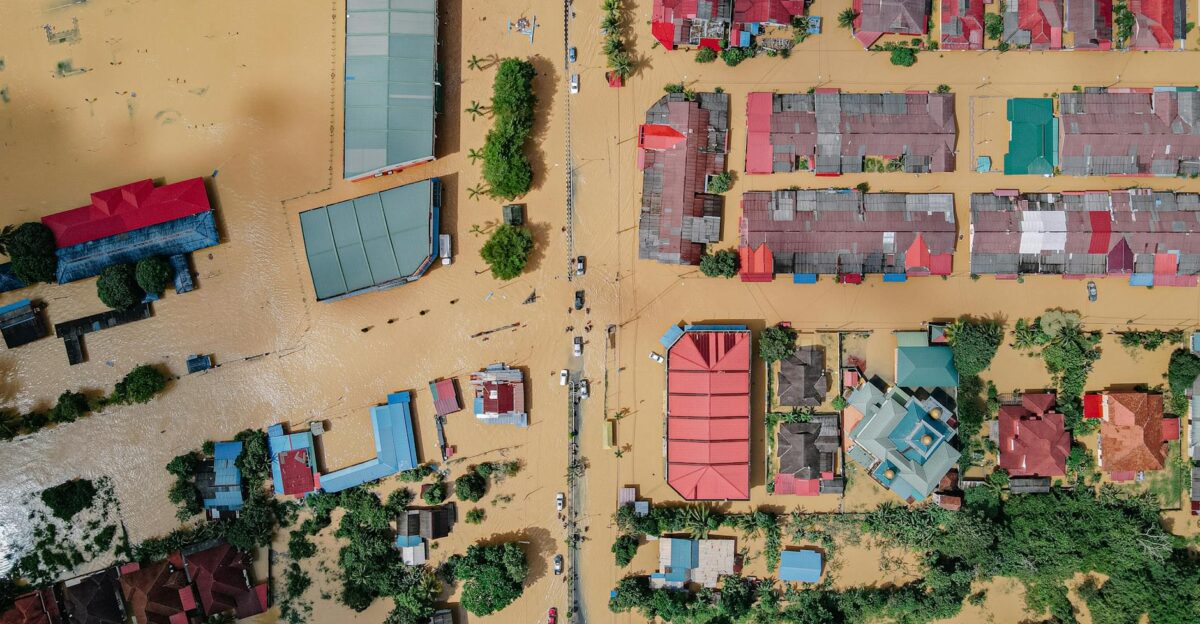
Communication and coordination were hampered by non-interoperable emergency systems across counties. First responders faced difficulty navigating flooded zones, highlighting vulnerabilities in regional preparedness and response capabilities. Residents were urged to heed local alerts and avoid risky areas.
Economic Impacts Begin to Emerge
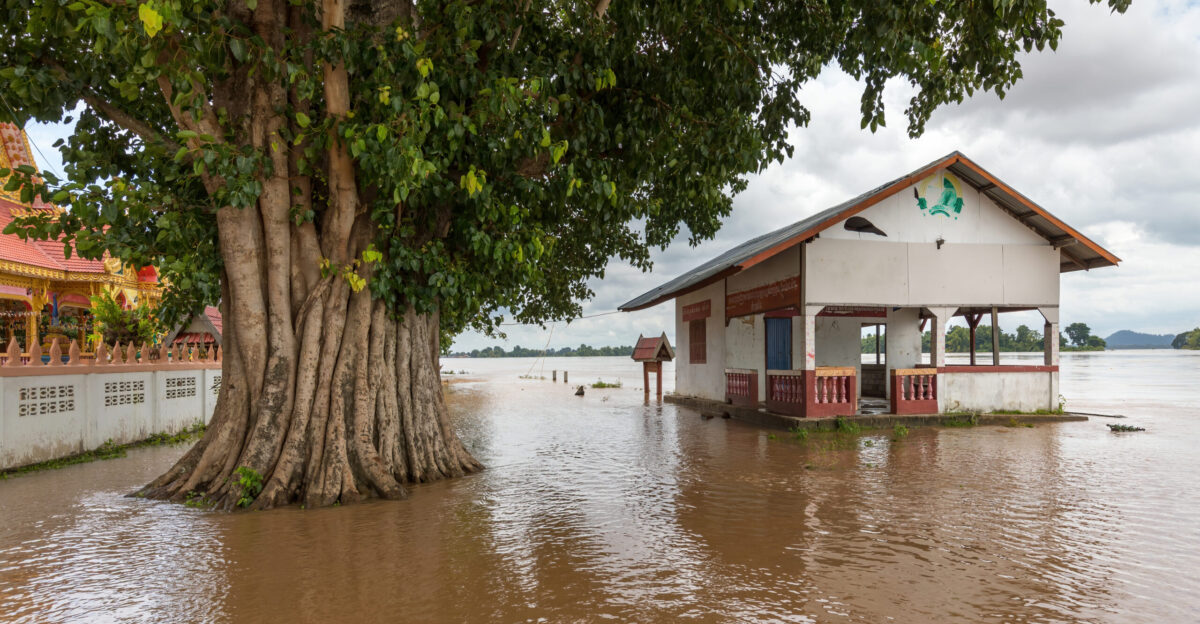
Flooding disrupted transport routes, delayed deliveries, and created losses for local businesses. Agriculture faced potential threats, with Ohio’s $7.32 billion in field crops, including corn and soybeans, at risk. Economic ripple effects extended beyond immediate property damage, hinting at longer-term financial strain.
Public Health and Safety Concerns
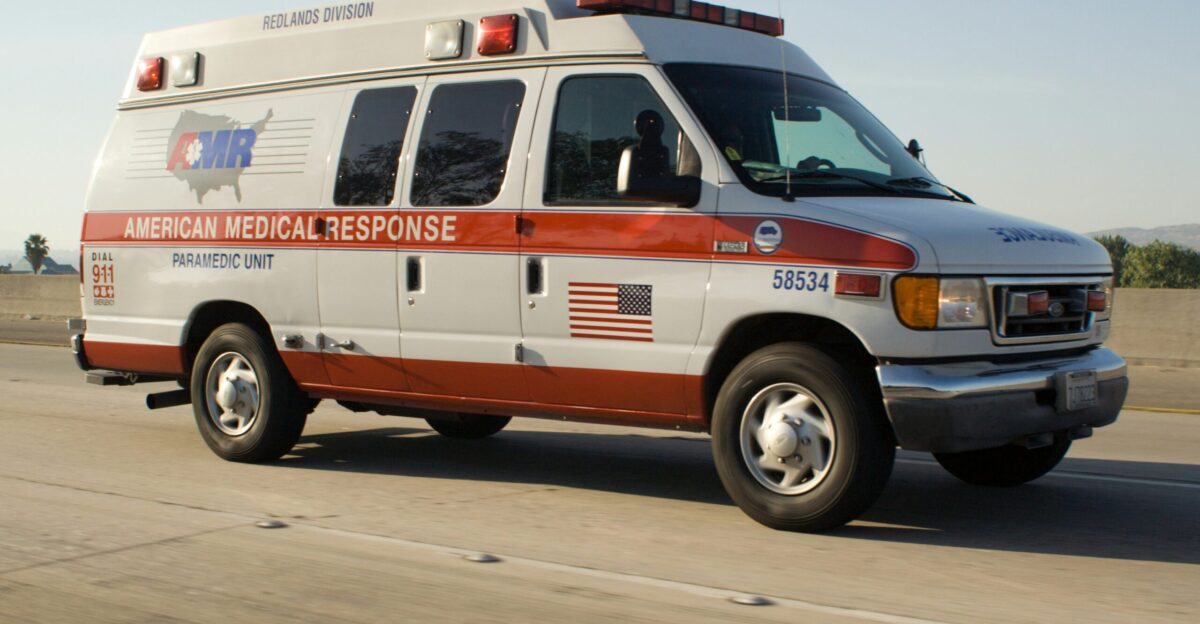
Officials warned that standing water could foster rapid mold growth and heighten disease risk. Residents were advised to remove water quickly, sanitize affected areas, and monitor vulnerable household members, particularly seniors who often lacked timely access to flood warnings.
Recovery Demand Surges
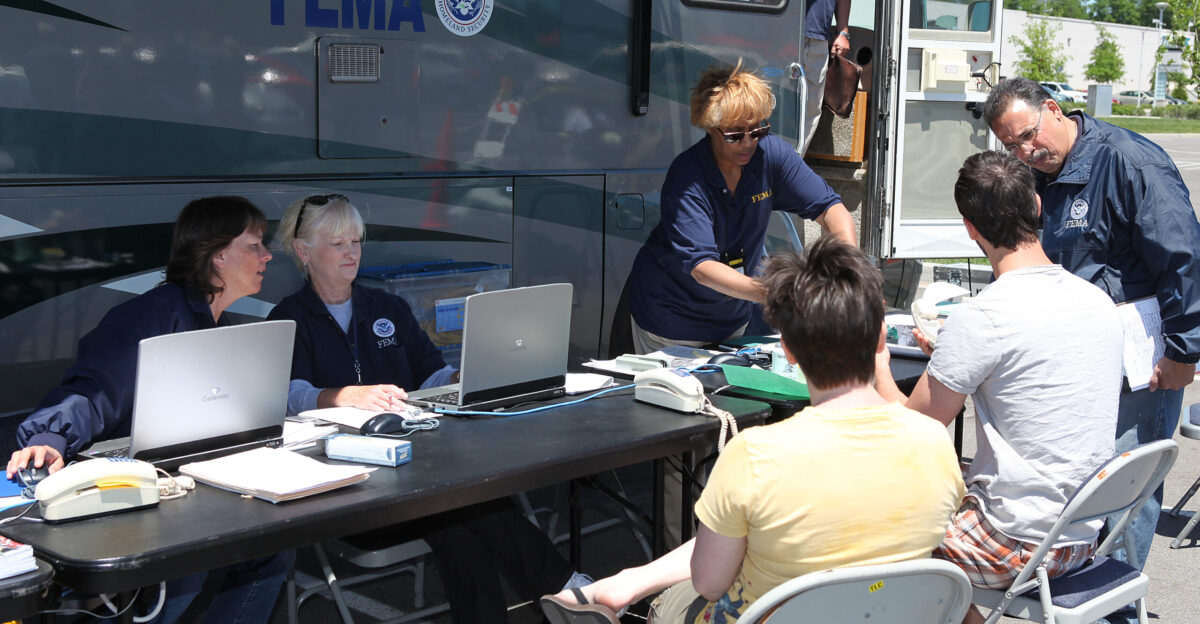
Disaster recovery services reported surging requests for flood cleanup, mold remediation, and structural repairs. Contractors faced high workloads as homeowners sought assistance to mitigate damage, illustrating the extensive human and logistical impact of the 48-hour deluge.
Socio-Economic Disparities Amplify Risk
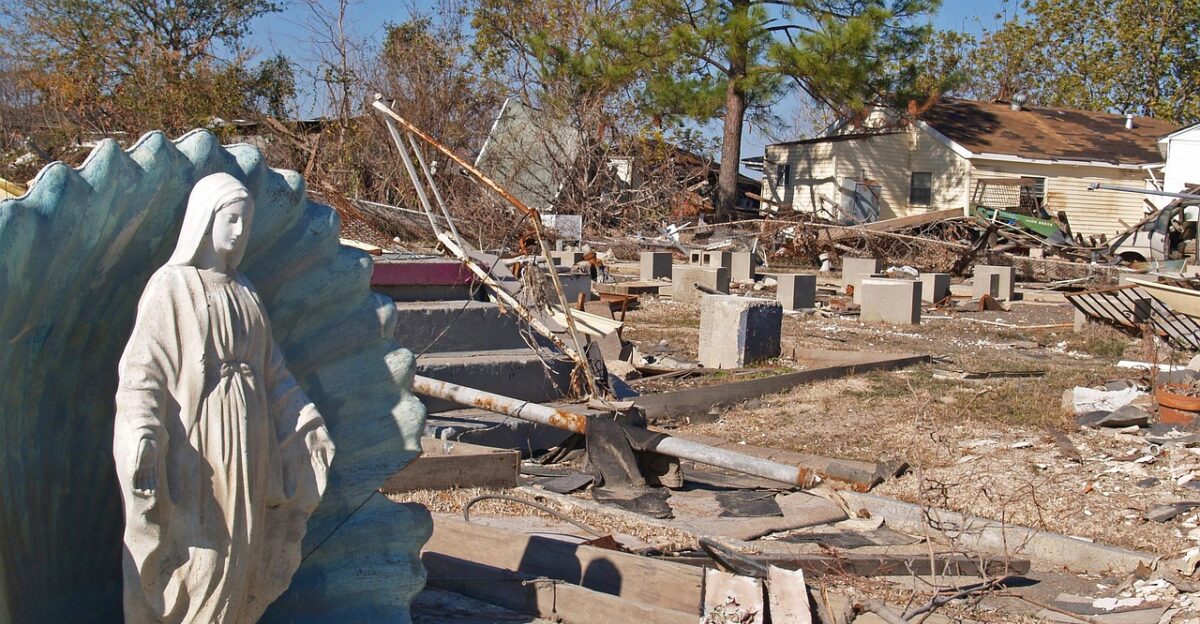
Neighborhoods with older housing, limited drainage, and insufficient backup power were disproportionately affected. Residents in these areas faced amplified flooding damage, delayed recovery, and ongoing vulnerability, underscoring equity challenges in flood preparedness and mitigation.
Lessons in Flood Preparedness
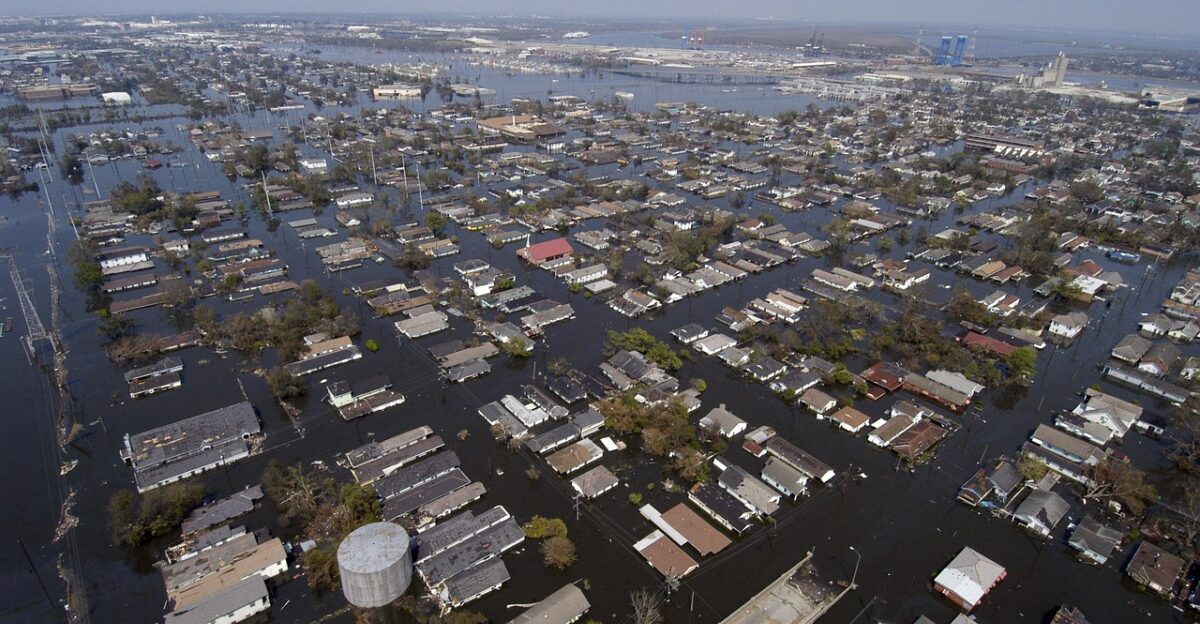
The event highlighted the importance of maintaining clear drains, sump pumps, and flood response plans. Authorities emphasized proactive measures and monitoring to prevent repeat devastation, stressing that even “Slight” (Level 2) warnings should never be underestimated.
Ohio’s Flood Wake-Up Call
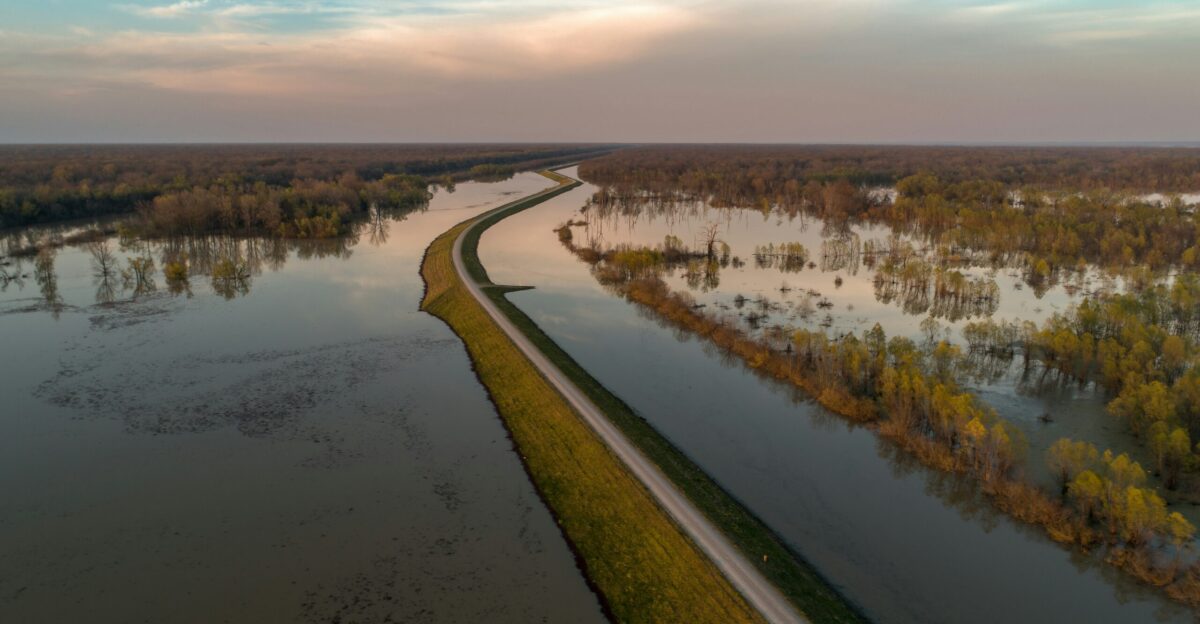
The October 6–8 rain event delivered over a trillion gallons of water in just 48 hours, overwhelming infrastructure and homes. It serves as a stark reminder that moderate risk designations can precede major flooding, urging communities to strengthen resilience, update systems, and prepare for the next sudden surge.